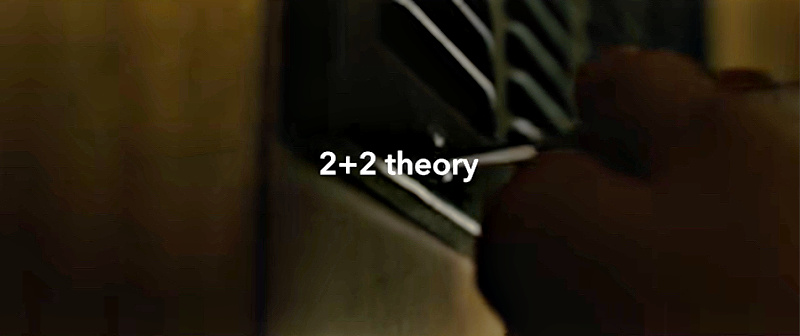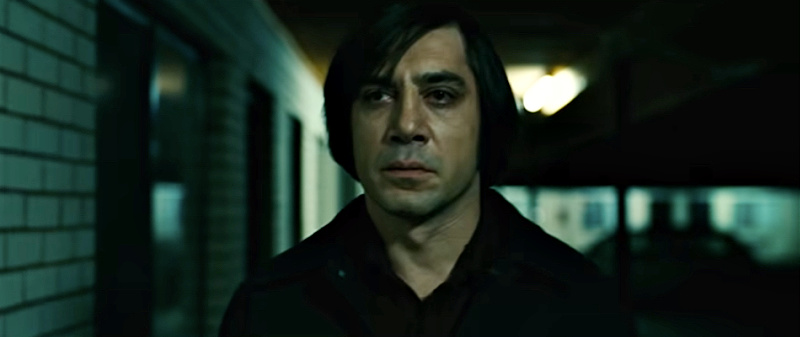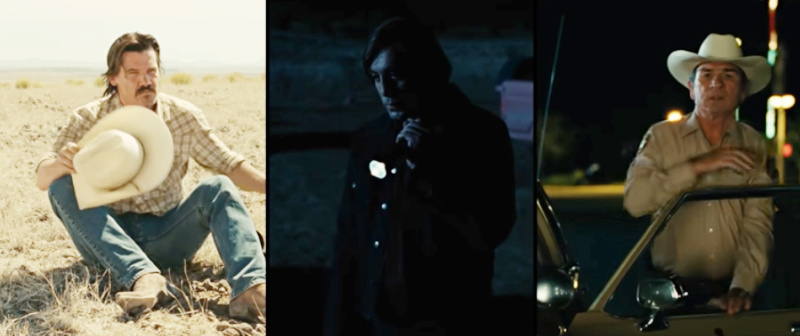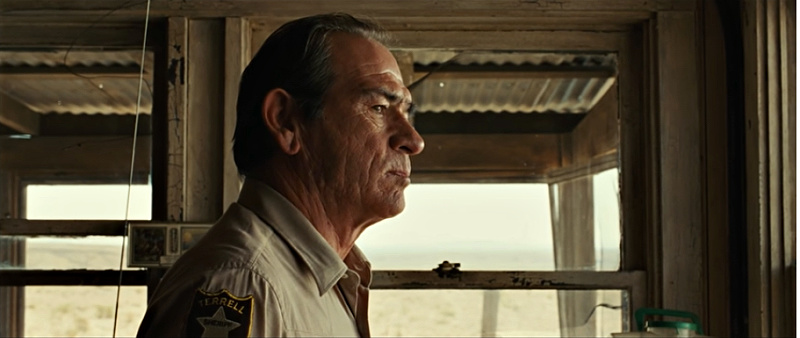Some movies just stick with you, either in a good way or a bad way. It can depend on your movie viewing experience, but sometimes a movie sticks because it makes you think about the story instead of spoon-feeding you. In this week’s installment of Saturday Night at the Movies, we’re taking a detour to consider the art of storytelling. Michael, from the Lessons from the Screenplay YouTube channel, explores the techniques used in the Coen brothers’ masterpiece, No Country for Old Men.
Michael explores how No Country for Old Men forces us to participate in the storytelling, both from the novel and especially in the film. The film version of the story came out in 2007 and really became a modern classic. As the video from Lessons from the Screenplay points out, No Country for Old Men challenges the audience to think and draw their own conclusions. That the film has very little in the way of unnecessary dialogue and a minimalistic music score adds to this idea.
According to the video, the major technique used in No Country for Old Men is what is referred to as the Theory of 2+2, first coined by filmmaker Andrew Stanton from his TedTalk on the topic. Andrew stresses that a movie doesn’t have to tell the audience that 2+2=4, but instead should let them come up with their own answer.

Theory of 2+2 in Film
So how does No Country for Old Men demonstrate the theory? In three ways:
- Character development
- Revealing the plot
- Synthesizing the moral of the story

The storytelling in the film No Country for Old Men really bucks the standard and employs the Theory of 2+2 which makes the viewer draw their own conclusions.
Character Development
The film has three central characters, and each character is a sum of many different parts, such as actions, choices, mannerisms, and so on. They are not only what they do, but also how they do it.
Through his actions, the protagonist, Lewellyn Moss, reveals his motives and background. He risks his life for money after happening across a drug deal gone bad and then calmly and methodically tracks down the last person, which, as the video above points out, is later confirmed from dialogue in the film.
The antagonist, Chigurh, shows that he is apathetic towards murder and has no problem taking a life to achieve his goals. He uses what is around him to get his results, from strangling the guard with his cuffs to the roadside murder.
And finally, the character of Sheriff Bell demonstrates his apprehension but uses his dry wit to cover the fear he feels.
As the Lessons from the Screenplay video points out, instead of using dialogue, the audience stays more engaged overall when they are allowed to get answers for themselves.

Revealing the Plot
Throughout the film, plot events are not directly acknowledged. Instead, the audience is forced to draw their own conclusions. A great example of this is when Moss leaves his hotel room and pulls the curtains closed but the curtains are open when he gets back. Another example is how Chigurh did not want to get his boots dirty, as he removes them during his murders. The last good example mentioned in the Lessons from the Screenplay video is that the murder of Carla Jean happens in the audience’s imagination, which makes it a larger event.
Synthesizing the Moral of the Story
Traditionally, films have multiple acts that each build upon the last, ending up in a confrontation between good and evil. Ethan Coen said, “The convention is … ingrained that the good guy is going to meet the bad guy and they’re going to confront each other.” But in No Country for Old Men, the puzzle pieces are given throughout the movie for the audience to figure out the moral of the film.
The Lessons video goes on to say that the theme of the film is explored through Sheriff Bell. He says that Bell couldn’t comprehend how the new senseless violence makes the world, and he was wistful for the old days that made more sense and were simpler. This is exemplified by the sudden killing of the protagonist off-screen. The audience has to process the event through Sheriff Bell’s thoughts, which goes against traditional storytelling in films.

The remainder of the film centers around Sheriff Bell and his internal conflict with the theme of the film. Instead of getting the big shootout with the antagonist, Bell laments about a dream he had of simpler times. The movie finishes with Bell concluding, “And then I woke up.” And he accepts his fate.
The viewer is left to decide the greater theme of the film and the story of Sheriff Bell. No Country for Old Men is a simple story with these rich characters that made a story that was bigger than the sum of its parts. As a whole, No Country for Old Men challenges our notion that good has to battle evil, and the audience experience is enhanced by the film’s bucking of traditional storytelling.


